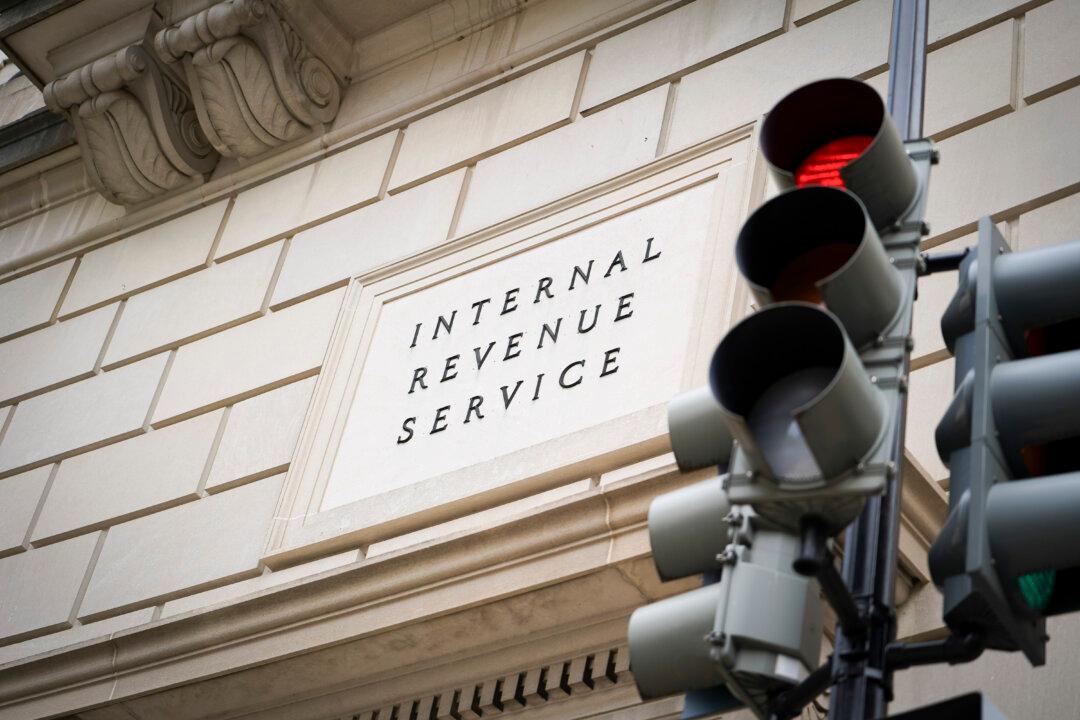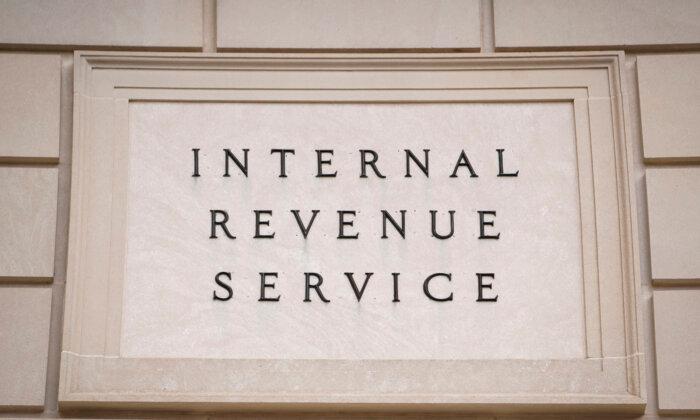The U.S. Department of the Treasury and the IRS said that the free online tax-filing service Direct File will be available in Oregon starting next year.
During the 2024 filing season, IRS Direct File was made available to taxpayers with simple tax returns in 12 states. Oregon will be the 13th state to join the program and the first state to sign up for the initiative for filing season 2025. At least 580,000 citizens in the state are expected to be eligible to use the program.
“Direct File will save Oregonians time and money and ensure they receive the tax benefits they are owed,” Treasury Secretary Janet Yellen said.
Sen. Ron Wyden (D-Ore.) welcomed the development, calling Direct File a boon to Oregon taxpayers who are being “ripped off” by tax software firms every year.
The 12 states where Direct File was available for the 2024 season are Arizona, California, Florida, Massachusetts, Nevada, New Hampshire, New York, South Dakota, Tennessee, Texas, Washington, and Wyoming.
Taxpayers choose to work with tax professionals, the letter said, “because they want an advocate in their corner who will represent their interests against the IRS bureaucracy.”
“Congress has never granted the Department of the Treasury authority to create a Direct File program. And for good reason: the American taxpayers do not want to invite the proverbial fox into the hen house. A Direct File program will also have negative consequences for low-income filers and devastate small businesses,” the letter said.
In total, taxpayers claimed more than $90 million in tax refunds. More than 3.3 million people used the eligibility checker to see if they qualify for Direct File. Taxpayers are estimated to have saved $5.6 million in filing costs by using the service. The Direct File pilot during the 2024 filing season cost the IRS $24.6 million.
Making Direct File Permanent
Oregon’s inclusion in Direct File comes after the IRS announced late last month that it was making the service permanent for filing federal returns beginning next year.A survey of 11,000 taxpayers who used the filing system found that 90 percent ranked their experience as “above average” or “excellent,” the agency stated.
“The clear message is that many taxpayers across the nation want the IRS to provide more than one no-cost option for filing electronically,” IRS Commissioner Danny Werfel said.
Mr. Wyden welcomed the decision to provide Direct File widely to all 50 U.S. states. He criticized Republicans who claim the IRS lacks authority to set up the program, claiming that the lawmakers were “just hunting for an opportunity to squash it before it really takes off.”
The IRS has always had the authority to implement Direct File, the Democrat said. The additional funding from the Inflation Reduction Act gives the agency the “necessary resources” to move the project ahead.
An April report from the U.S. Government Accountability Office found that the IRS didn’t ensure that all costs were included in its cost estimate for the Direct File system submitted to Congress in May last year.
The IRS estimated Direct File to cost $64 million to $249 million while reporting to Congress. The estimates didn’t take into account expenses such as start-up costs, which could be “substantial,” the watchdog noted.
In addition, the IRS “had no documentation to support the underlying data, analysis, or assumptions used for Direct File cost estimates.”







